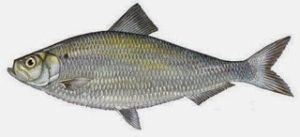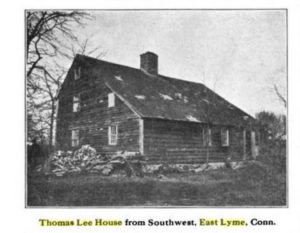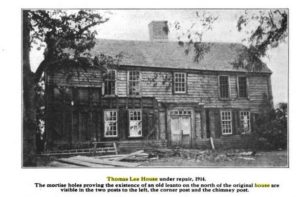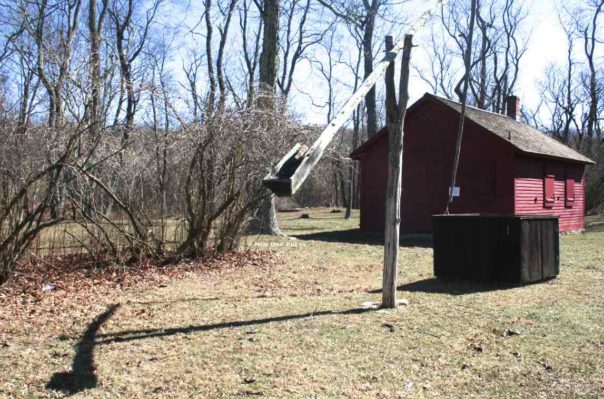Time Travel: Saltbox Thomas Lee House, Bride Brook, Return Of Alewives
Editor's note: This story has been archived. A portion updated and included here.
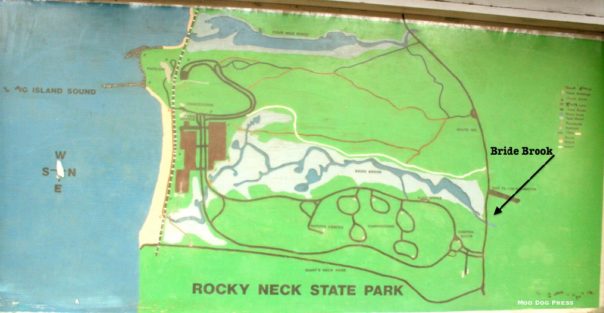
The map board at Rocky Neck State Park illustrates the connection between land, sea, water – Bride Brook and the migration of alewives.
Also unseen by most is a timeless cycle of life, a spring migration of the alewife, opened back up by the restoration work in 2010. Likely this seasonal event helped feed the people of the Lee house time and again.
“Despite its small size, Bride Brook is a wholly unique estuarine system that hosts the second largest migratory fish run in the state, bested only by the Connecticut River. … the new culvert has already had more than 40,000 herring (alewife) swim through it on their way to Bride Lake to spawn.”
Lives lived here still speak over time of past struggles and overcoming obstacles, turmoil, wars. The lessons still apply, and gain more meaning when contrasted with modern times.
Isolation, yes, but imagine the wild beauty. A time when perhaps bears along with wolves and other animals roamed the sparsely populated region and there was room for the humans who lived here and those hardy souls who wanted freedom and a stake in this new (to them) place.

